Samurai lesson
Fighting on Khalkhin Gol
In May, 1939, the Japanese army invaded the territory of the Mongolian People’s Republic (Mongolia) in the Khalkhin Gol river area. Mongolia was an ally of the USSR. The Japanese invasion of Mongolia was an important part of the expansionist plans of the Japanese empire to seize China, Mongolia, the possessions of Western countries in the Asia-Pacific region, the Soviet Far East and Siberia. The Japanese military-political elite claimed the complete domination of Japan in Asia. For this, it was necessary to completely subjugate China, knock out Europeans, Americans from the Far East and defeat the Russians.
In 1931, the Japanese invaded Northeast China (Manchuria). China was defeated. In 1932, the Japanese created the puppet state of Manzhou-Guo, gaining a strategic foothold in northeastern China for further expansion against the Chinese state and against the USSR and Mongolia. The raw material base for their empire. In 1937, Japan began a war with China with the goal of dismembering it and gradually absorbing it, including its empire in the sphere of influence. By 1939, the Japanese completed the seizure of central China and began to prepare an attack on the USSR.
During this period, the Japanese headquarters was preparing two major plans for a major war: 1) northern - against Russia-the USSR; 2) southern - against the United States, Britain and other Western powers that had possessions in the Asia-Pacific region. The masters of the West pushed Japan to the north to repeat the scenario of the Russo-Japanese and the First World Wars. Bleed the Japanese with Russian, and then throw on the USSR and the Germans. Therefore, the Anglo-Saxons at this time did not limit Japan in the arms race, supplied it with strategic raw materials. The masters of the West turned a blind eye to the carnage unleashed by the Japanese in China.
Despite Moscow’s warning that the Union would defend Mongolia as its own territory (in March 1936 of the year the USSR and Mongolia signed the “Protocol of Mutual Assistance”, Soviet troops deployed in Mongolia - 57 Special Corps under the command of Feklenko), the Japanese troops in May 1939, invaded the territory of Mongolia. In May, the Japanese carried out reconnaissance in the area of the r. Khalkhin Gol. May 28 Japanese troops, having a numerical superiority over the Soviet-Mongolian forces, tried to conduct an operation to encircle the enemy. However, our troops successfully retreated and the next day they launched a counter-offensive and pushed the enemy back to their initial positions.
Bayan-Tsagan slaughter
In June, 1939, there were no major battles on earth, both sides were preparing for a decisive battle. Moscow strengthened the command, Fecklenko was replaced by Zhukov, the headquarters of the 57 Special Corps was headed by the brigade commander M. Bogdanov. To coordinate the actions of the Soviet troops in the Far East and the Mongolian forces, the commander of 1-th Separate Red Banner Army commander of 2 rank G. M. Stern arrived from Chita to the Khalkhin-Gol river region. The Soviet command prepared a new plan of hostilities: active defense on the bridgehead of Khalkhin Gol and with simultaneous preparation of a counterattack on the Japanese group. For a decisive strike, the troops were pulled up: they were transferred along the Trans-Siberian Railway to Ulan-Ude, then they went a forced march for hundreds of kilometers through the territory of Mongolia.
At this time, the air was a real battle. First japanese aviation got the upper hand. However, Moscow took emergency measures. A group of aces pilots headed by the deputy chief of the Red Army Air Force Y. V. Smushkevich were transferred to the conflict area. Many of them were heroes of the USSR, fought in the skies of Spain and China. Measures were taken to train flight personnel and strengthen the system of air surveillance, warning, communications and air defense. The modernized I-16 and I-153 Chaika fighters are being flown to Mongolia. As a result, the Soviet Air Force is gaining air supremacy. In the battles of June 22-28, 90 Japanese aircraft were destroyed (our losses were 38 aircraft).
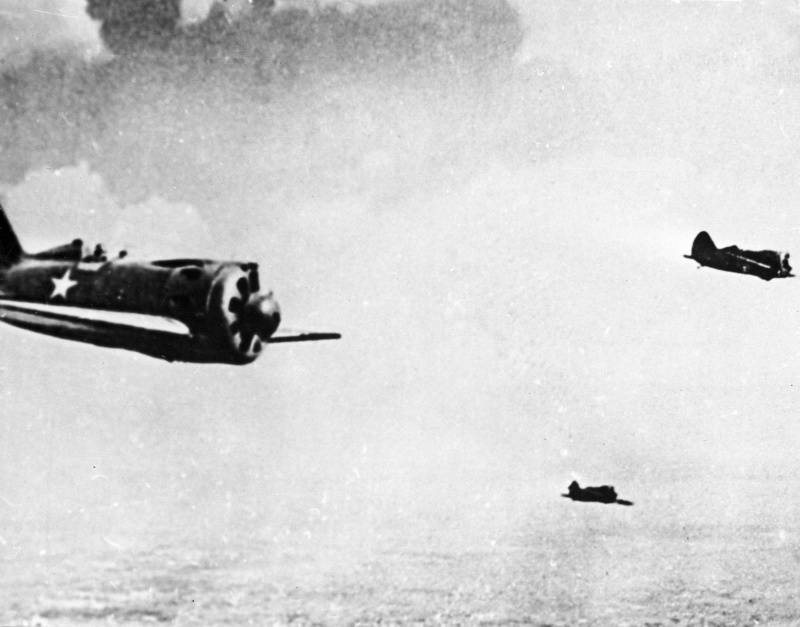
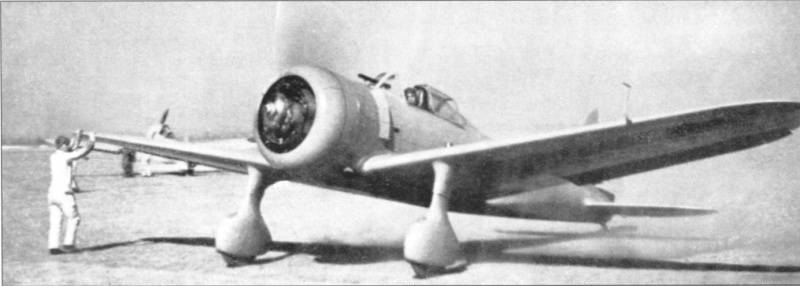
July 2, 1939 the Japanese group, having three times superiority in power (about 40 thousand soldiers, 130 tanks and 200 aircraft), went on the offensive. The Japanese command planned to encircle and defeat the enemy forces, force the Khalkhin Gol River and break through the defenses of the Red Army. The strike group of Major General Kobayashi crossed the Khalkhin-Gol River and after a fierce battle captured Mount Bayan-Tsagan on its western bank. Here, the Japanese concentrated their main forces and began to build strength at a rapid pace, creating a layered defense. The Japanese command gathered, relying on the Bayan-Tsagan mountain dominating the area and the fortified area created here, to strike the rear of the Soviet troops defending on the eastern bank of the Khalkhin-Gol River, cut off and destroy them.
At the same time there were fierce battles on the east bank of the r. Khalkhin Gol. The Japanese, with a strong superiority in forces, 2 infantry and 2 tank regiments (130 machines), pushed the 1,5 to the river. Thousands of Red Army soldiers and 3,5 thousand. Mongolian cavalry (without the support of the Russian Mongols had no chance against the Japanese, yielding in combat training and material technical equipment). The threat of the defeat of the Soviet-Mongolian troops on the eastern bank of Khalkhin Gol appeared. However, the Japanese forces under the command of Lieutenant-General Masaomi Yasuoka could not defeat our troops, they withstood.
Zhukov threw into battle a mobile reserve, right from the march - the 11-th tank brigade of the brigade MP Yakovlev (up to the 150 tanks) and the 8-th Mongol armored division. Soon they were supported by the 7-I motobronevy brigade (154 armored vehicles). It was a big risk, the mobile unit went into battle without the support of the infantry. Luck was on the side of Zhukov. During the bloody battle in the Bayan Tsagan mountain area (up to 400 tanks and armored vehicles, 800 guns and 300 airplanes participated in it on both sides), the Japanese strike group was destroyed. According to various sources, the Japanese lost 8 - 10 thousand people killed, almost all the tanks and most of the artillery.
Thus, the Bayan-Tsagan slaughter led to the fact that the Japanese no longer risked crossing the Khalkhin-Gol. Further events took place on the east bank of the river. But the Japanese were still standing on Mongolian land and preparing for new battles. That is, the struggle continued. There was a threat that this hotbed of conflict would grow into a full-scale war. It was necessary to restore the state border of the MPR and teach Japan a lesson so that the Japanese would abandon the idea of northern expansion.
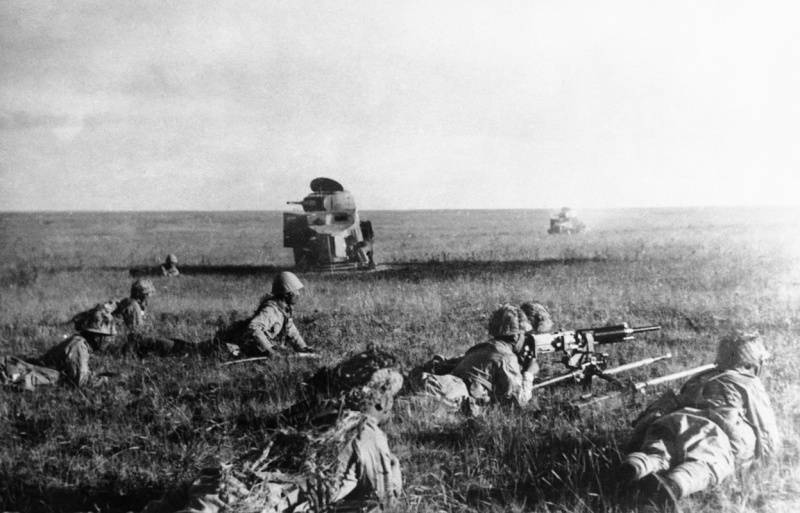
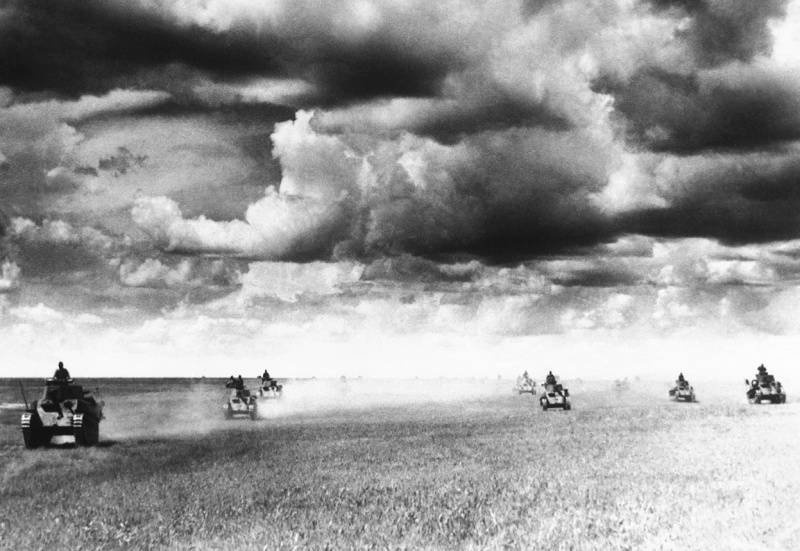
Samurai lesson
In July - August 1939, both sides were preparing for a decisive offensive. The 57-th special corps was deployed in the 1-th army (front-line) group under the leadership of Stern. They strengthened it, transferred the 82 th rifle division, the 37 th tank brigade to the battle area. On the territory of the Trans-Baikal Military District conducted a partial mobilization, formed two rifle divisions. The Soviet command reinforced the defense on the bridgehead, redeployed new units there. The Japanese carried out several attacks on the eastern shore of Khalkhin Gol, but were repelled. The battle continued in the sky, the Soviet air force retained air supremacy.
By the beginning of a decisive battle, the Soviet 1 Army Grouping had about 57 thousand people, 542 guns and mortars, more than 850 tanks and armored vehicles, over 500 aircraft. The Japanese grouping - 6-I separate army under the leadership of General Ryuhei Ogisu, numbered about 75 thousand people, 500 guns, 182 tanks, 700 aircraft. That is, the Japanese maintained an advantage in manpower, and the Red Army had superiority in armored forces and air supremacy (qualitative and quantitative directly in the battle area).
The Japanese were preparing to resume the 24 August 1939 offensive of the year. Taking into account the sad experience of the Bayan-Tsagan battle, the Japanese command planned to deliver the main attack on the right wing of the Soviet group, without forcing the river. The Soviet command relied on mobile units in order to surround and destroy enemy troops in the area between the river and the Mongolian state border with sudden flank attacks. Soviet troops were divided into three groups - the Southern, Northern and Central. The main blow was delivered by the Southern Group under the command of Col. M. I. Potapov, the auxiliary blow by the Northern Group of Col. I. P. Alekseenko. The central group, under the command of the brigade commander D. E. Petrov, was to forge the Japanese forces in the center, thereby depriving them of the possibility of maneuver and escape from the blow.
The Soviet offensive was carefully prepared, all movements of troops, equipment, supplies were carefully concealed, positions were disguised. The enemy was told that the Red Army was busy only strengthening the defense and was preparing to continue the campaign in the autumn-winter period. Therefore, the offensive of the Soviet troops, which began on August 20 on 1939, and on the forerun of the 6 of the Japanese army, was unexpected for the enemy.
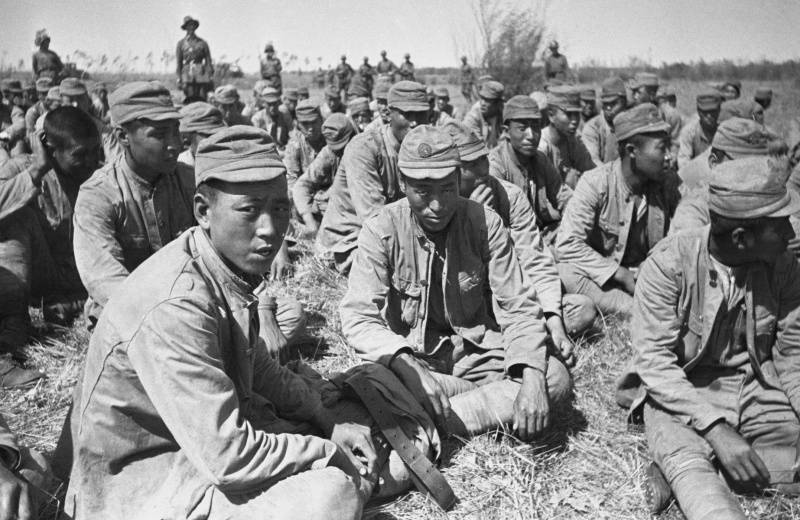
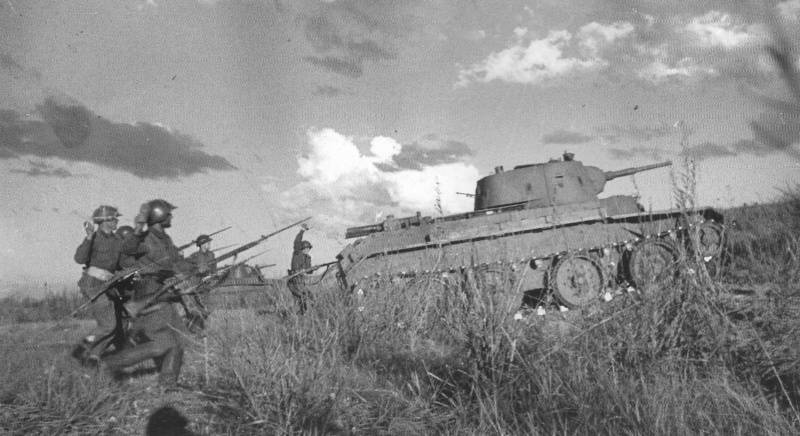
As a result, the Red Army conducted a classic operation to encircle and destroy the enemy army. During the stubborn 6-day battles, the 6-I Japanese army was crushed. In the center of the Japanese, who had a strong defense, kept well. On the flanks, Soviet mobile units, with strong aviation support, crushed enemy resistance and August 26 united, completing the entourage of the 6 Army. Then the fighting began to dismember and destroy the enemy army. Attempts by the Japanese command to unblock surrounded groups did not lead to success. By 31 August, the territory of Mongolia was completely cleared of the enemy. It was a complete victory. The Japanese army was destroyed. The Japanese suffered huge material losses. The remaining forces are demoralized.
In the first half of September, 1939, the Japanese forces made several attempts to cross the border of Mongolia, but were repelled and suffered serious losses. In the air, the battle was still going on, but it also ended in favor of the Soviet Air Force. The Japanese elite, convinced of the failure of their plans for expansion to the north, asked for peace. 15 September 1939 was signed an agreement between the USSR, Mongolia and Japan on the cessation of hostilities in the area of the Khalkhin Gol River, which entered into force on September 16.
Japan turns south
The victory of the Red Army over the Japanese at Khalkhin Gol had important geopolitical consequences. The masters of the West in the 1930-ies again played the old scenario in a new way: they incited Germany, and with it almost all of Europe, to Russia. And in the Far East, the Soviet Union was supposed to attack Japan. The masters of the USA and England initiated a new world war, but they themselves remained as if on the sidelines. Their figures in the "big game" were Germany, Japan and Italy.
Thus, even before the official start of World War II, the masters of London and Washington initiated and secretly encouraged the aggression of the militarist Japanese empire against China. Japan had to get stronger at the expense of the Middle Kingdom and again turn their bayonets against Russia. Germany was the western cudgel of the masters of the West, and Japan was the east. Since ancient times, the masters of the West have learned the “divide and conquer” strategy, they realized that it is better and more profitable to fight with someone else’s hands, “cannon fodder”, solving their strategic tasks and making money on the mountain of other nations and countries along the way weapons and other products.
Therefore, Japan was given the opportunity to smash China, rob it, create on its territory a springboard for the war with the USSR. According to the plans of the owners of the USA and England, after the seizure of China and simultaneously with the attack of the Third Reich on the European part of Russia, Japan had to strike with all its might the East of Russia, capture Primorye, the Far East and Siberia. The Japanese generals supported such a scenario. The Khalkhin-Gol fights were supposed to be a preparatory stage before the full-scale war of Japan against the USSR, together with Germany.
However, Russia taught a hard lesson on the Khalkhin Gol to the Japanese. The Japanese, seeing the power of the Red Army, the results of the Stalinist industrialization, the reform of the armed forces, the strength of the Soviet mechanized troops and the Air Force, turned out to be smarter than the Germans. The Japanese bid realized that they wanted to break through the road to victory, to go to Moscow for their dead bodies. The Japanese saw the plans of the owners of the West. As a result, the Japanese military-political elite began to lean toward the southern scenario of the war. Expansion to the south, further in China, Southeast Asia and the Pacific. The war against the United States and Britain, other Western countries, to oust the Westernizers from Asia and the Pacific.
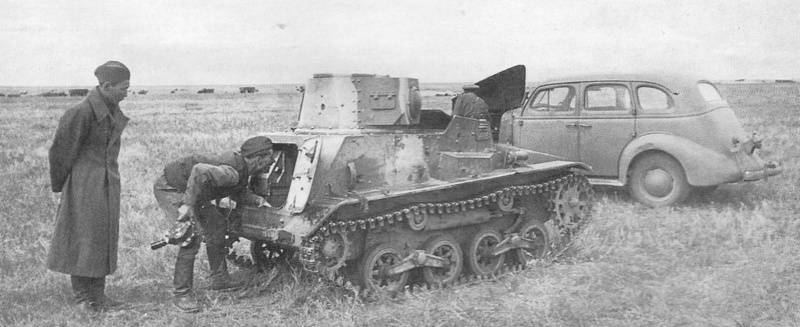
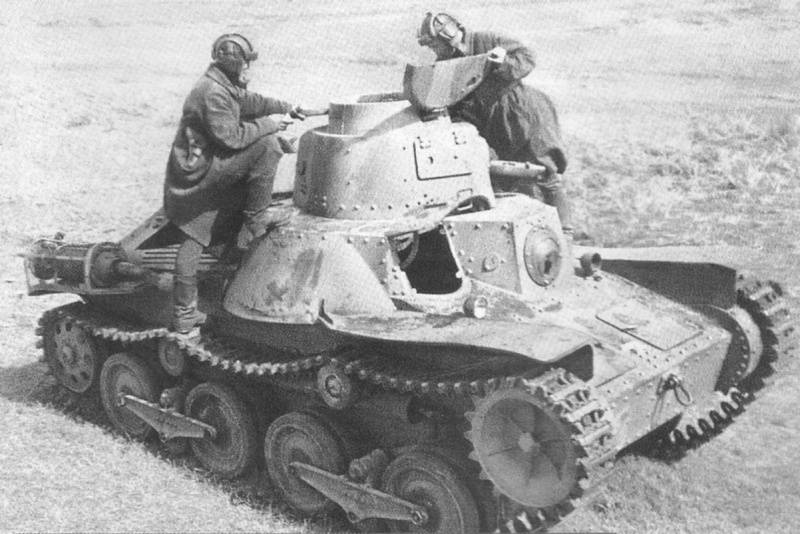
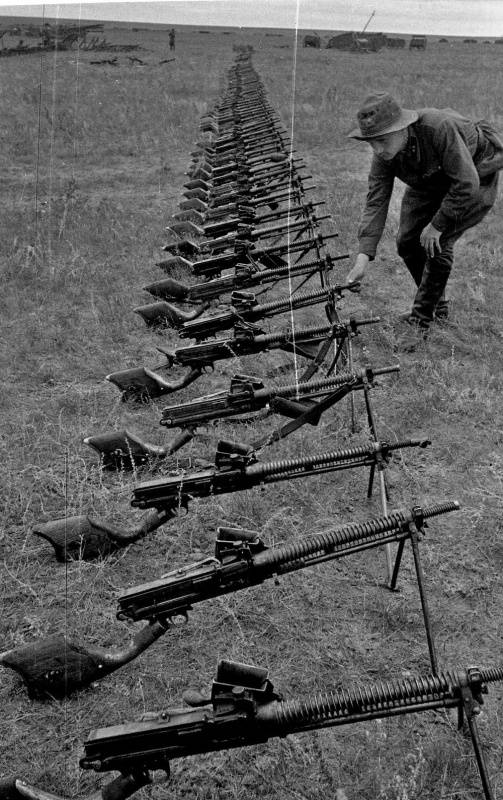
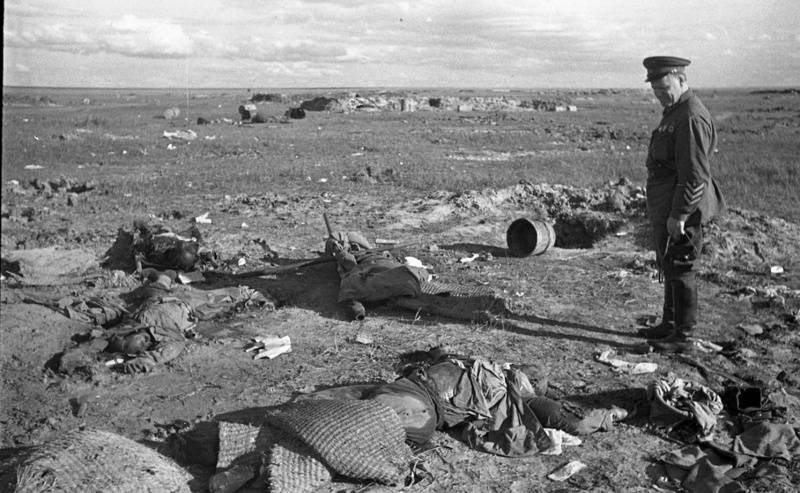
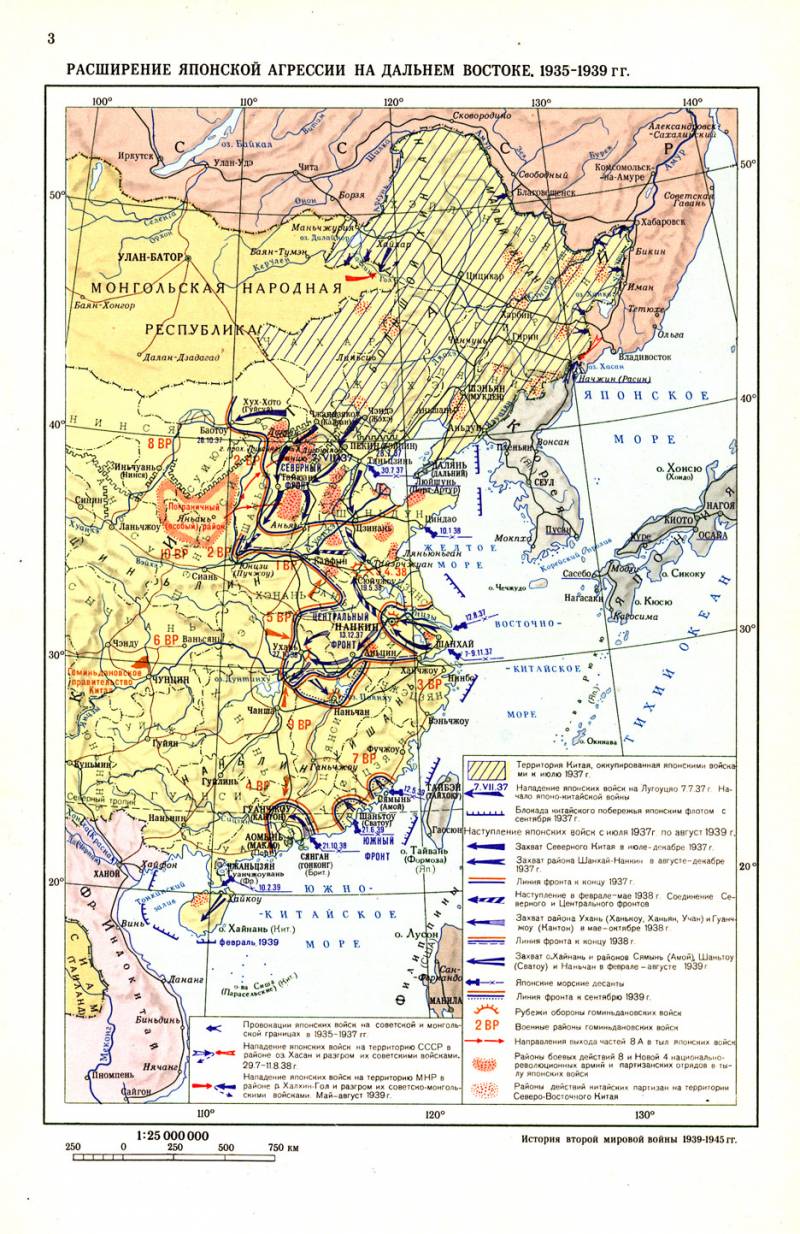
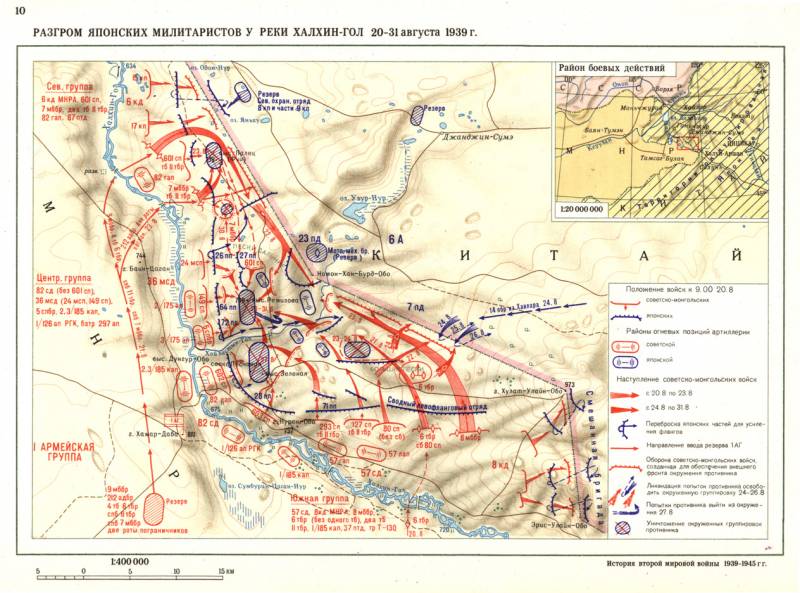
Information